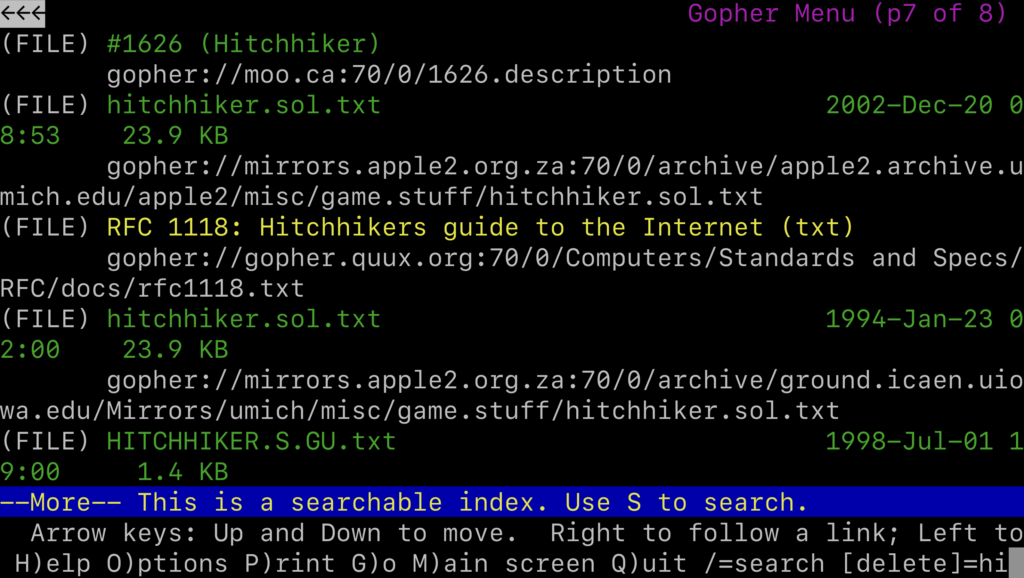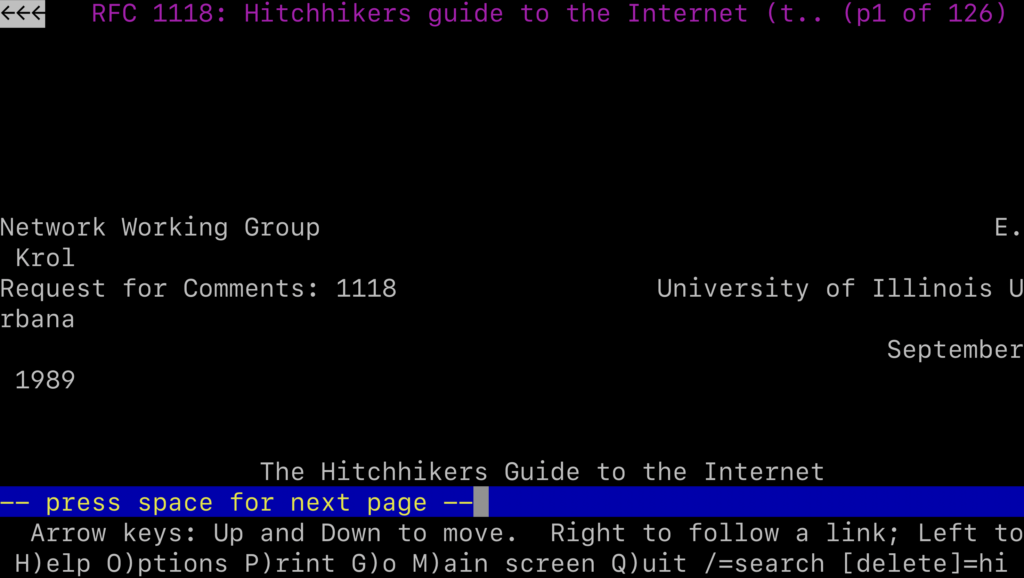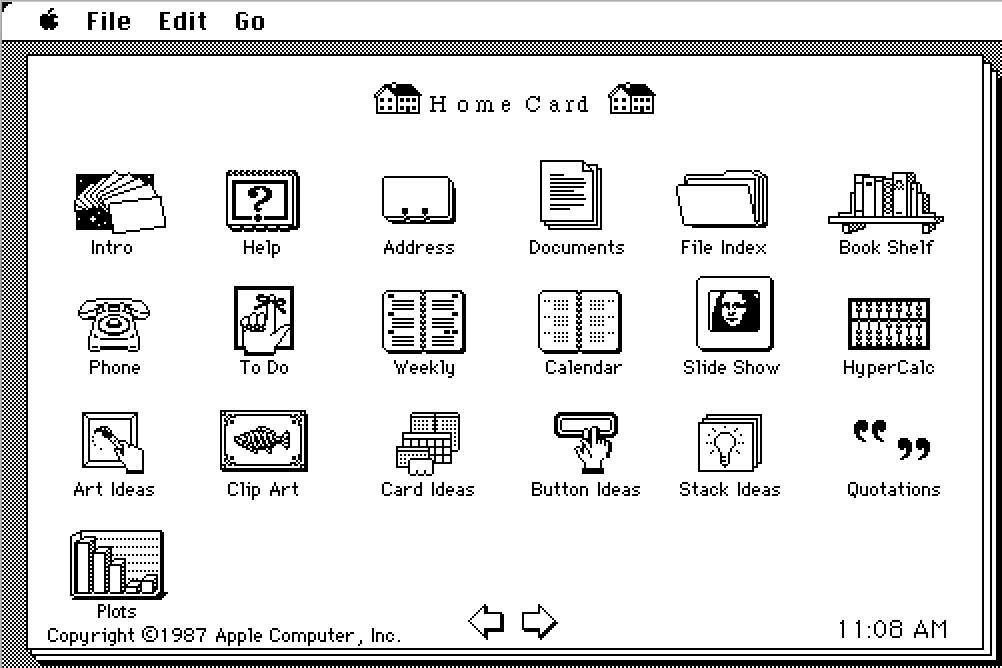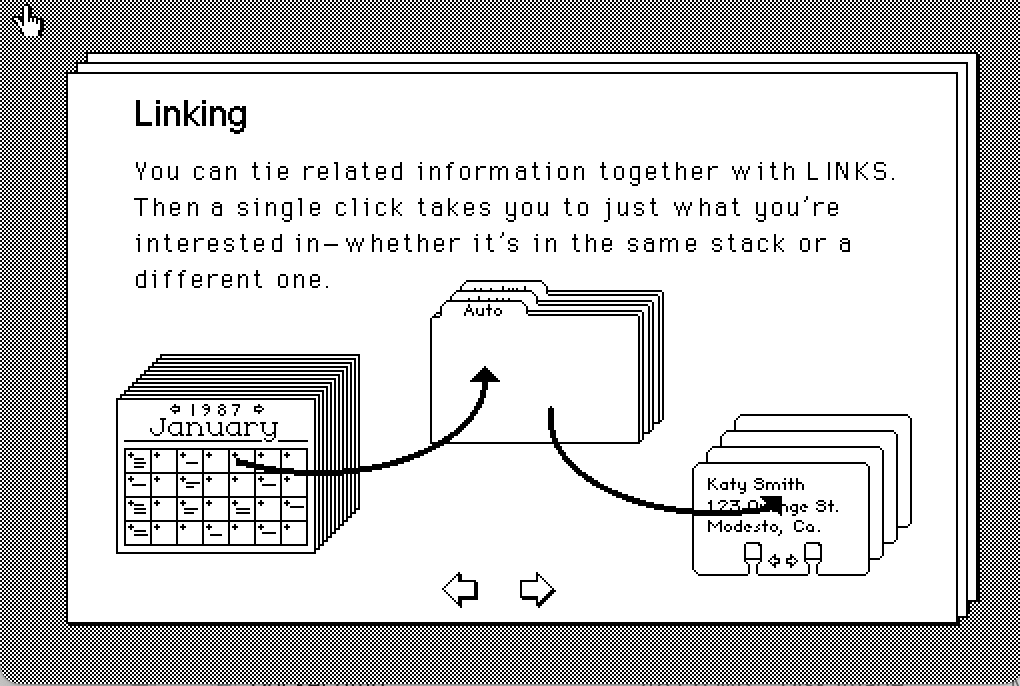Welcome to the second article in our three-part series on the history of the Internet. If you haven’t already, read part one here.
As a refresher, here’s the story so far:
The ARPANET was a project started by the Defense Department’s Advanced Research Project Agency in 1969 to network different mainframe computers together across the country. Later, it evolved into the Internet, connecting multiple global networks together using a common TCP/IP protocol.
By the late 1980s, investments from the National Science Foundation (NSF) had established an “Internet backbone” supporting hundreds of thousands of users worldwide. These users were mostly professors, researchers, and graduate students.
In the meantime, commercial online services like CompuServe were growing rapidly. These systems connected personal computer users, using dial-up modems, to a mainframe running proprietary software. Once online, people could read news articles and message other users. In 1989, CompuServe added the ability to send email to anyone on the Internet.
In 1965, Ted Nelson submitted a paper to the Association for Computing Machinery. He wrote: “Let me introduce the word ‘hypertext’ to mean a body of written or pictorial material interconnected in such a complex way that it could not conveniently be presented or represented on paper.” The paper was part of a grand vision he called Xanadu, after the poem by Samuel Coleridge.
A decade later, in his book “Dream Machines/Computer Lib,” he described Xanadu thusly: “To give you a screen in your home from which you can see into the world’s hypertext libraries.” He admitted that the world didn’t have any hypertext libraries yet, but that wasn’t the point. One day, maybe soon, it would. And he was going to dedicate his life to making it happen.
As the Internet grew, it became more and more difficult to find things on it. There were lots of cool documents like the Hitchhiker’s Guide To The Internet, but to read them, you first had to know where they were.
The community of helpful programmers on the Internet leapt to the challenge. Alan Emtage at McGill University in Montreal wrote a tool called Archie. It searched a list of public file transfer protocol (FTP) servers. You still had to know the file name you were looking for, but Archie would let you download it no matter what server it was on.
An improved search engine was Gopher, written by a team headed by Mark McCahill at the University of Minnesota. It used a text-based menu system so that users didn’t have to remember file names or locations. Gopher servers could display a customized collection of links inside nested menus, and they integrated with other services like Archie and Veronica to help users search for more resources.
Jeremy Reimer
Gopher is a text-based Internet search and retrieval system. It’s still running in 2025!
Jeremy Reimer

Jeremy Reimer
Here is the multi-page result of searching for “Hitchhiker” on Gopher.
Jeremy Reimer

Jeremy Reimer
By hitting the Enter key, you can view the document you were looking for.
Jeremy Reimer
Here is the multi-page result of searching for “Hitchhiker” on Gopher.
Jeremy Reimer
By hitting the Enter key, you can view the document you were looking for.
Jeremy Reimer
A Gopher server could provide many of the things we take for granted today: search engines, personal pages that could contain links, and downloadable files. But this wasn’t enough for a British computer scientist who was working at CERN, an intergovernmental institute that operated the world’s largest particle physics lab.
The World Wide Web
Hypertext had come a long way since Ted Nelson had coined the word in 1965. Bill Atkinson, a member of the original Macintosh development team, released HyperCard in 1987. It used the Mac’s graphical interface to let anyone develop “stacks,” collections of text, graphics, and sounds that could be connected together with clickable links. There was no networking, but stacks could be shared with other users by sending the files on a floppy disk.

Jeremy Reimer
The home screen of HyperCard 1.0 for Macintosh.
Jeremy Reimer

Jeremy Reimer
Hypercard came with a tutorial, written in Hypercard, explaining how it worked.
Jeremy Reimer

Jeremy Reimer
There were also sample applications, like this address book.
Jeremy Reimer
Hypercard came with a tutorial, written in Hypercard, explaining how it worked.
Jeremy Reimer
There were also sample applications, like this address book.
Jeremy Reimer
Hypertext was so big that conferences were held just to discuss it in 1987 and 1988. Even Ted Nelson had finally found a sponsor for his personal dream: Autodesk founder John Walker had agreed to spin up a subsidiary to create a commercial version of Xanadu.


